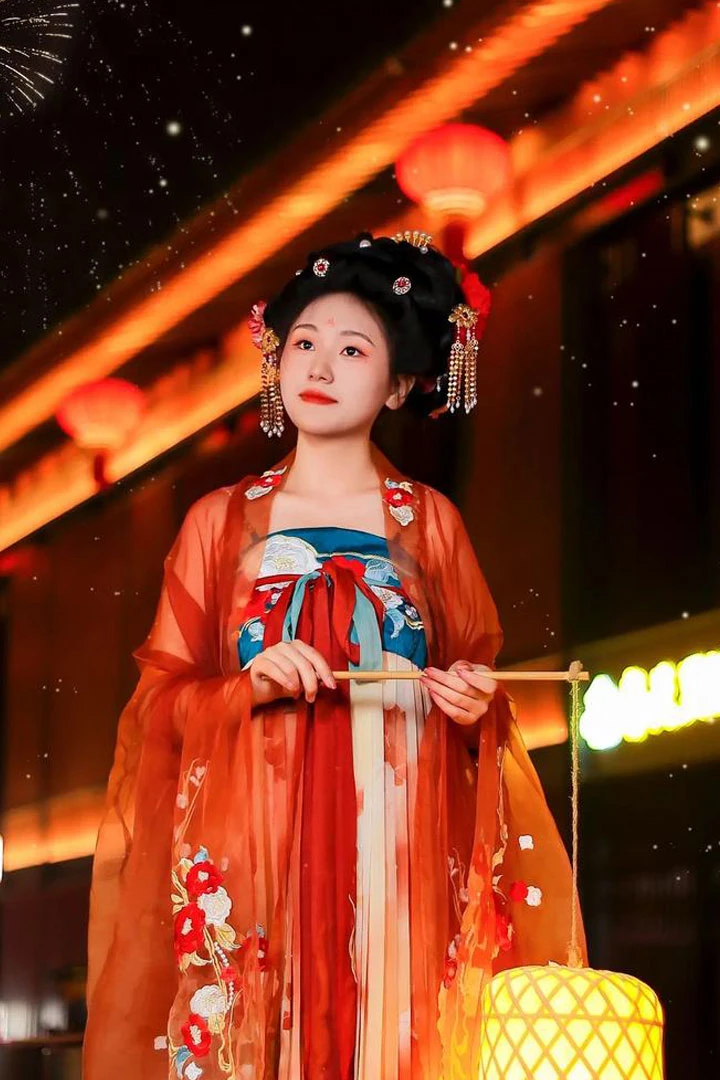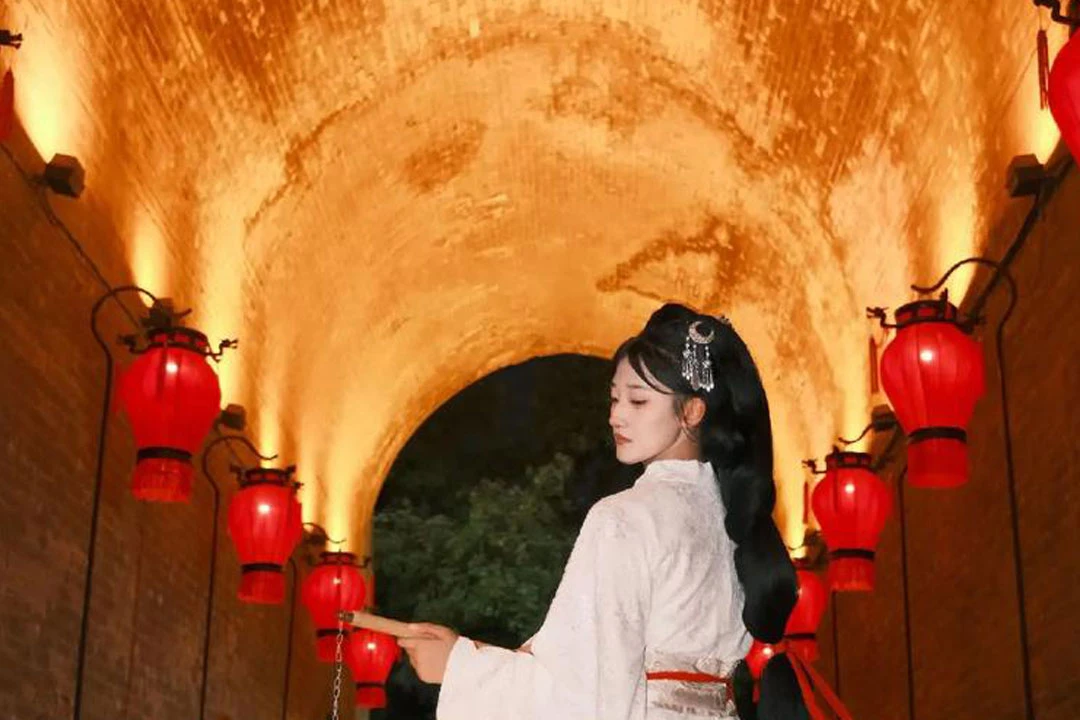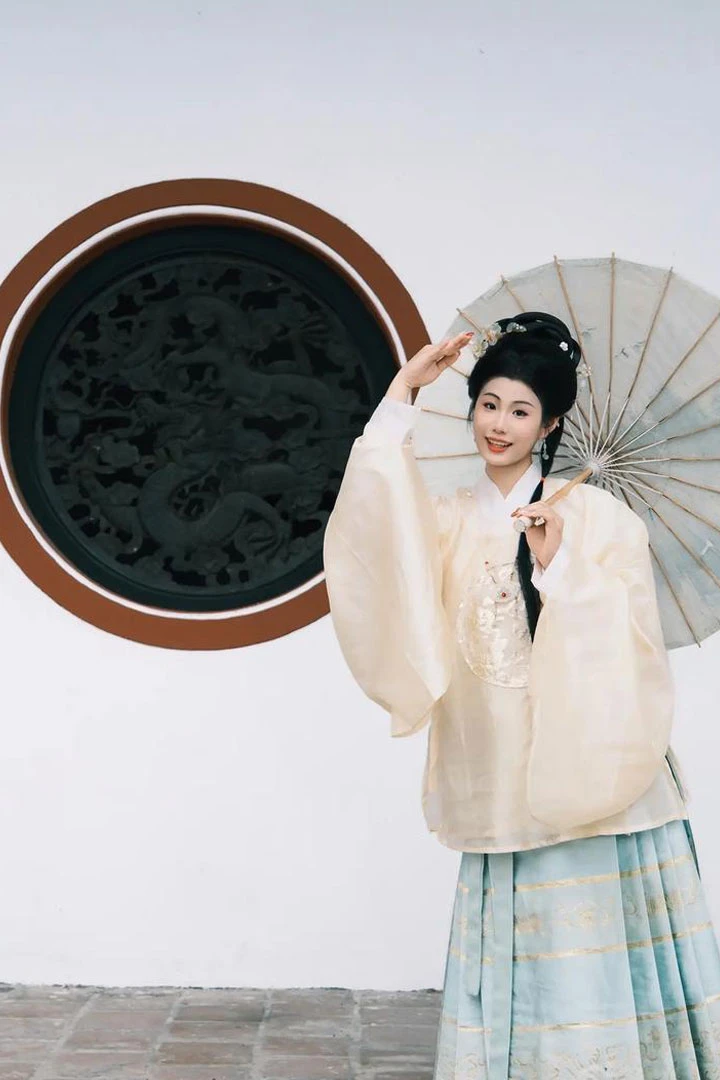Xi'an: The Hanfu Capital of China
Xi'an (西安), the ancient capital of China, is experiencing a cultural renaissance thanks to the booming popularity of Hanfu, traditional Chinese clothing from the Han Dynasty. This resurgence has turned Xi'an into a bustling hub where Hanfu enthusiasts flock to its historical landmarks dressed in elaborate costumes, creating a living tapestry of history and fashion. Popular attractions like the Great Tang All Day Mall, Tang Paradise, and the Drum Tower are now vibrant with visitors in Hanfu, capturing stunning photographs that highlight the city’s blend of ancient charm and modern tourism.

A Cultural Renaissance: Hanfu's Growing Popularity
Recent statistics reveal that Xi'an is leading the nation in Hanfu-related businesses, with a total of 1,814 enterprises dedicated to this traditional attire. This statistic underscores the city’s transformation into the country’s top destination for Hanfu experiences. The city’s cultural DNA is a perfect match for the Hanfu trend, where the ancient meets the contemporary in a symbiotic relationship that fuels this cultural revival.
The Hanfu craze is driven by a resurgence of interest in traditional Chinese culture, reflected in the market’s impressive growth. According to iMedia Research, the Hanfu market in China reached a staggering 14.47 billion yuan in 2023, with projections estimating it will soar to 24.18 billion yuan by 2027. This boom is fueled by the younger generation's fascination with traditional aesthetics, which blend seamlessly with modern fashion sensibilities.
Why Hanfu is Making a Comeback
Several factors contribute to Hanfu’s resurgence. Firstly, the inherent beauty and cultural depth of Hanfu attract a new generation eager to embrace traditional Chinese aesthetics. Hanfu’s wide sleeves, symbolizing harmony with the heavens, and its intricate patterns, such as clouds and dragons, convey rich cultural symbolism. These elements not only offer visual appeal but also connect wearers with a sense of historical continuity.
Secondly, Hanfu has become a symbol of cultural identity and confidence for young people. It represents a bridge between historical reverence and modern self-expression, allowing individuals to embody their heritage proudly. This fusion of tradition and contemporary style resonates deeply with consumers seeking authenticity and cultural significance.
Moreover, Hanfu offers a new way to mark life’s significant moments. From graduation photos to traditional Chinese weddings, Hanfu provides a unique way to celebrate and memorialize important events, further fueling its popularity and driving the expansion of its market.
Xi'an's Hanfu Industry: A Comprehensive Ecosystem
Xi'an's Hanfu industry is not just about clothing; it's a well-developed ecosystem encompassing design, production, and retail. The city boasts a full-fledged Hanfu industry chain, including design studios, manufacturing bases, and retail outlets. The recent establishment of the Shaanxi Hanfu Trading Center in Xi'an highlights this comprehensive approach. This center, featuring two exhibition and sales centers, caters to both tourists and local Hanfu vendors, ensuring a steady supply of high-quality Hanfu.
The city’s Hanfu market is further supported by government initiatives that incentivize the growth of Hanfu enterprises. Policies provide financial rewards for significant sales achievements and encourage the registration of Hanfu production companies. These measures are designed to bolster the industry’s expansion and promote the local Hanfu economy.
Innovative Trends and the Global Expansion of Hanfu
The Hanfu trend is not confined to China; it has started making waves internationally. Hanfu designs are increasingly featured on global fashion runways, showcasing innovative elements that blend traditional styles with modern aesthetics. This international exposure enhances Hanfu’s global profile and opens up new markets, with social media platforms playing a crucial role in spreading the trend across borders.
In Xi'an, the trend has catalyzed new business opportunities, including Hanfu-themed travel experiences and photography services. For instance, “Hanfu + Photography” services are becoming increasingly popular, with recent data indicating a nearly 40% rise in related group-buying orders. This trend reflects a growing demand for personalized and immersive cultural experiences.
Future Directions: Expanding and Innovating the Hanfu Industry
To sustain and enhance the Hanfu boom, Xi'an needs to address several key areas. Firstly, there is a need to expand local Hanfu production capabilities. Currently, the production of Hanfu in Xi'an is limited compared to its market demand. Expanding production facilities and adopting efficient manufacturing practices could help meet the growing demand and reduce reliance on external sources.
Additionally, integrating Hanfu with other cultural and tourism sectors can create new opportunities for growth. Emulating successful models from other cities, such as the Hanfu production clusters in Cao County, could provide valuable insights for developing Xi'an’s Hanfu industry. Cao County’s model of clustering production processes within a localized area demonstrates how efficiency and cost-effectiveness can be achieved through strategic industry grouping.
Lastly, nurturing talent in the Hanfu industry is crucial. Xi'an must invest in educational and training programs to cultivate skilled designers and artisans who can drive innovation and maintain high-quality standards. Collaboration with universities and professional institutions could foster a new generation of talent equipped to propel the Hanfu industry forward.
The Hanfu trend in Xi'an is more than just a fashion statement; it’s a vibrant cultural phenomenon that has seamlessly integrated into the city’s identity. With its rich historical background and dynamic cultural landscape, Xi'an stands as a testament to how traditional attire can thrive in the modern world. As the city continues to evolve and innovate, it remains at the forefront of the Hanfu renaissance, setting a model for other cities and contributing to the global appreciation of Chinese cultural heritage.


